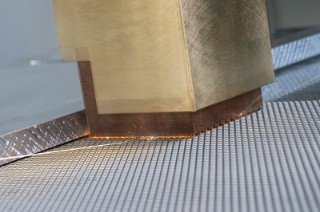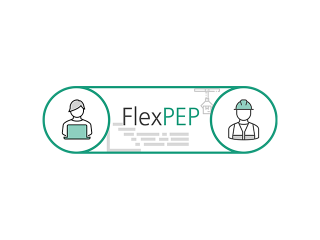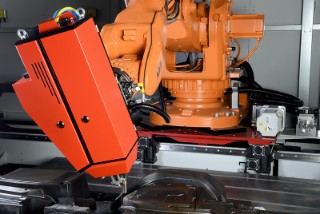In this overview, you will find detailed information about our research and development projects that we carry out together with industry or with partners from the scientific community.
We receive funding, for example, from the European Union, from various german federal ministries, as well as from state ministries in North Rhine-Westphalia. In this context, we work closely with major german research funding institutions. You can also find projects that we are working on within internal programs of the Fraunhofer-Gesellschaft or in the context of industrial cooperations.
For your search, you can select any search terms and limit the search period to the duration of the projects. Our respective contact persons will be happy to provide you with further information.
The "UHV.NRW" project aims to improve ultra-high vacuum technology for production processes. Sensitive materials are processed under vacuum conditions, with high vacuum and ultra-high vacuum posing complex technical requirements. The Fraunhofer IPT develops new materials and production processes, including laser welding, and researches innovative pumping concepts. A central task of the IPT is the production and testing of prototypes for vacuum chambers. An outstanding example of its application is the Einstein Telescope, which, as the largest ultra-high vacuum system, is designed to precisely measure gravitational waves from the universe.
more info



